Igor Marlot: Ambisonics, The Amazon jungle and Extreme Sound Situations
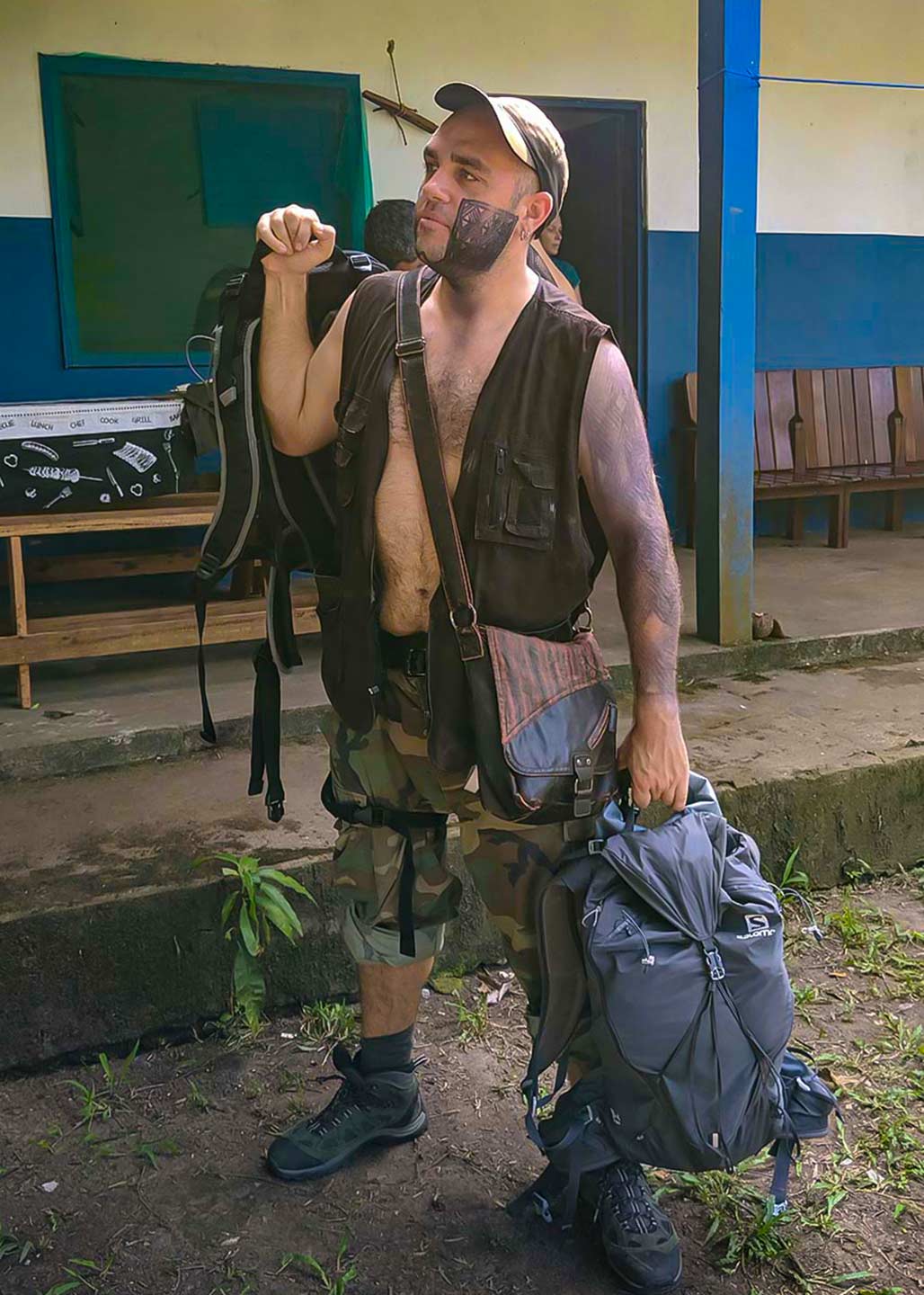
Sound recordist Igor Marlot specializes in location sound for film, VR and TV and hails from Geneva, Switzerland. Born in Quimper, France, his sound career has put him on many different continents throughout and he has picked up some valuable experience working in some of the more extreme parts of the world.
He is a bit of an active nut and loves mountains, exploring on his bike, modding electronics, 3d printing and is a firm supporter of the open source philosophy. He’s also a bit of an expert on immersive sound, having extensively studied binaural, ambisonics and double MS mic techniques.
One of the more recent notable films he has worked on is “Under the Skin”, a Swiss documentary about young LGBT people. It should have been screened for the first time already, but given the current Covid-19 situation, its release has been postponed for now.
Find out more and get in touch with Igor on his website: igomarsound.com
On to the interview…
How did you get into the world of location sound recording and what first interested you about audio?
This is a long answer… I started out working as a librarian, but back in the day I was involved in the alternative music scene and we regularly organised punk / rock ‘n’ roll concerts. Through that I learned the basics of sound techniques and problem solving: with no money or fancy equipment we had to make it work. We learnt not to focus on the problems and to find solutions. This has always been my philosophy when doing sound.
I also travelled a lot; I spent almost 2 and half years in Western Africa, where getting out of trouble in a creative way is simply a way of living… or surviving. My very first film-related job took place in Africa. I was a sound assistant and cableman for an African TV series pilot that sadly ran out of funds halfway through production. The consolation was I learnt a lot about location sound work during this project and found out that I really enjoy it.
Then, back in Switzerland, my mom (who is a movie director) suggested I further my studies in audio engineering. I applied and learned about “everything” sound related - electronics, acoustics, etc. I’m passionate about cinema and throughout my education I spent much of my time at alternative movie theatres and film festivals. It helped to build my passion for film. It was a logical step that when I got my diploma I started to work in the film and broadcast industry.
I started with a pretty ‘economical’ setup: a zoom H6 as a recorder, Oktava MK12 as my main microphone, and a rented Sennheiser G3 wireless system. Then I got my 633. And it was onwards and upwards from there.
What's it like to be a sound recordist in Geneva? There's a fair amount of professional audio manufacturers in Switzerland; is there an equally large community of audio professionals there?
Working in sound in Geneva is hard, though there are corporate job opportunities because of the city’s international reputation, the United Nations, and lots of company headquarters are here. I do also some local TV ENG and mixing for TV shows. Corporate jobs including conferences do help with the everyday slog. The Swiss cinema production industry could be a little more ambitious, if I may say so. There is not enough money spent on culture in my opinion.
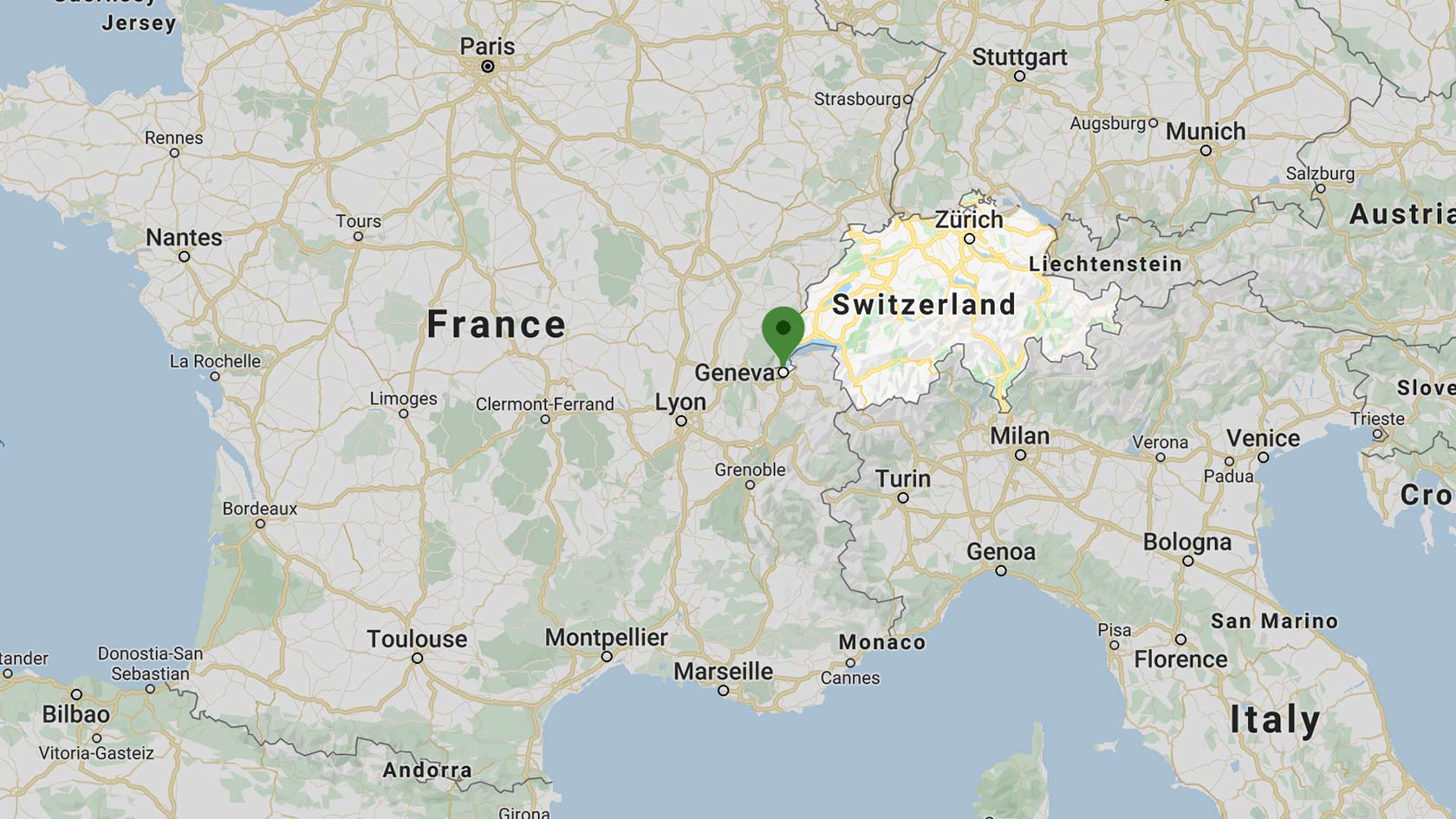
We have great brands like Sonosax, Kudelski’s (legendary) Nagra, Merging Technologies developing Pyramix, Voice Technologies, and I’ve surely forgotten even more. The Swiss label means quality, and it is for a reason. Hard working folks, uncompromising quality. Standards are raised high and this is recognised by the whole sound community all over the world.
There is a fair amount of people doing audio for picture around here - very professional folks - and we share the gigs. Since I’m still kind of new to the professional environment, I’m not on top of the call list yet, I am still “the replacement guy”, and I’m fine with it. I know it takes time to build a reputation and have a good working network.
Over the last 18 months you've travelled to a lot of different places around the world, including some very hot and humid climates. Are there any special tricks and tips you have for handling these extreme conditions?
That is very true! I have been insanely lucky: Burkina Faso, Bali, Indonesia, the Amazon rain forest, Brazil, Guatemala, Tanzania… all places with harsh conditions, for sure. If I can say one thing about the gear you take with you: choose wisely and get quality brands that you trust. Pick the right tool for the job. For example, I love Schoeps microphones’ sound, but I had some problems with them because of moisture in Switzerland so it’s definitely not the right tool for the Amazon jungle.
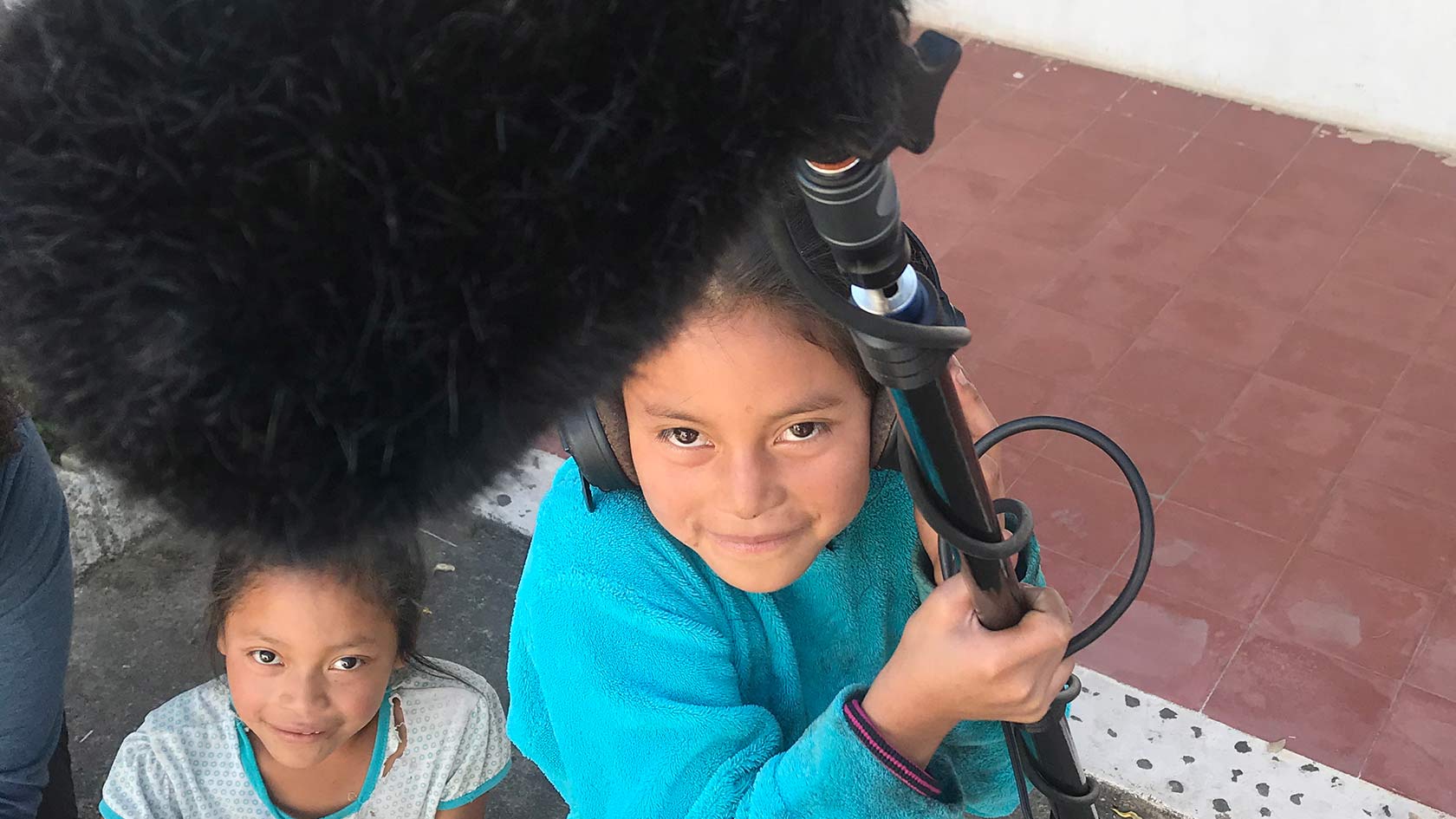
In fact, I will keep the most extreme example in mind for the following nuggets from my experience - The jungle. ALL of the possible problems in one place:
First of all, no matter what, stay Zen. The situation can be stressful - you don’t have a lot of time, people have got impossible expectations of you, so you need to stay Zen and do your work the best you can. People will notice and I think it’s the best way to act professionally. Breathe, stay calm. It’s easier said than done, I know. But it’s the most important bit of advice I would give someone. It’s part of the etiquette I try to have when on set, everywhere.
Then, for more practical advice I would say:
- Build yourself a charging station, all of your battery chargers in one case. Just plug this bad boy in and put your batteries in charge overnight, all in one piece. You do not have to worry anymore about power cables, DC transformers etc. It’s all there, in one case. Add an international power adapter plug and be sure to have 100 to 250 volts compatible charging devices.
- Bring backups if you can. The place / weight allowed is limited, choose wisely.
- Negotiate with the production for your luggage. Ask for the allowed weight beforehand and have them book you an extra bag. Travelling with gear is very stressful, but you can have a lot of peace of mind if you can get an extra bag paid for by the production. They have the media rates.
- Condensation is no joke, do not, ever, close your cases during night. Try to avoid brutal variations in temperature and humidity over a short period of time, if possible.
- Be sure to shake out your equipment before picking it up. Tarantulas, snakes and scorpions (and other nasty stuff) love little places like your sound bag, so shake it vigorously! Same goes for your shoes.
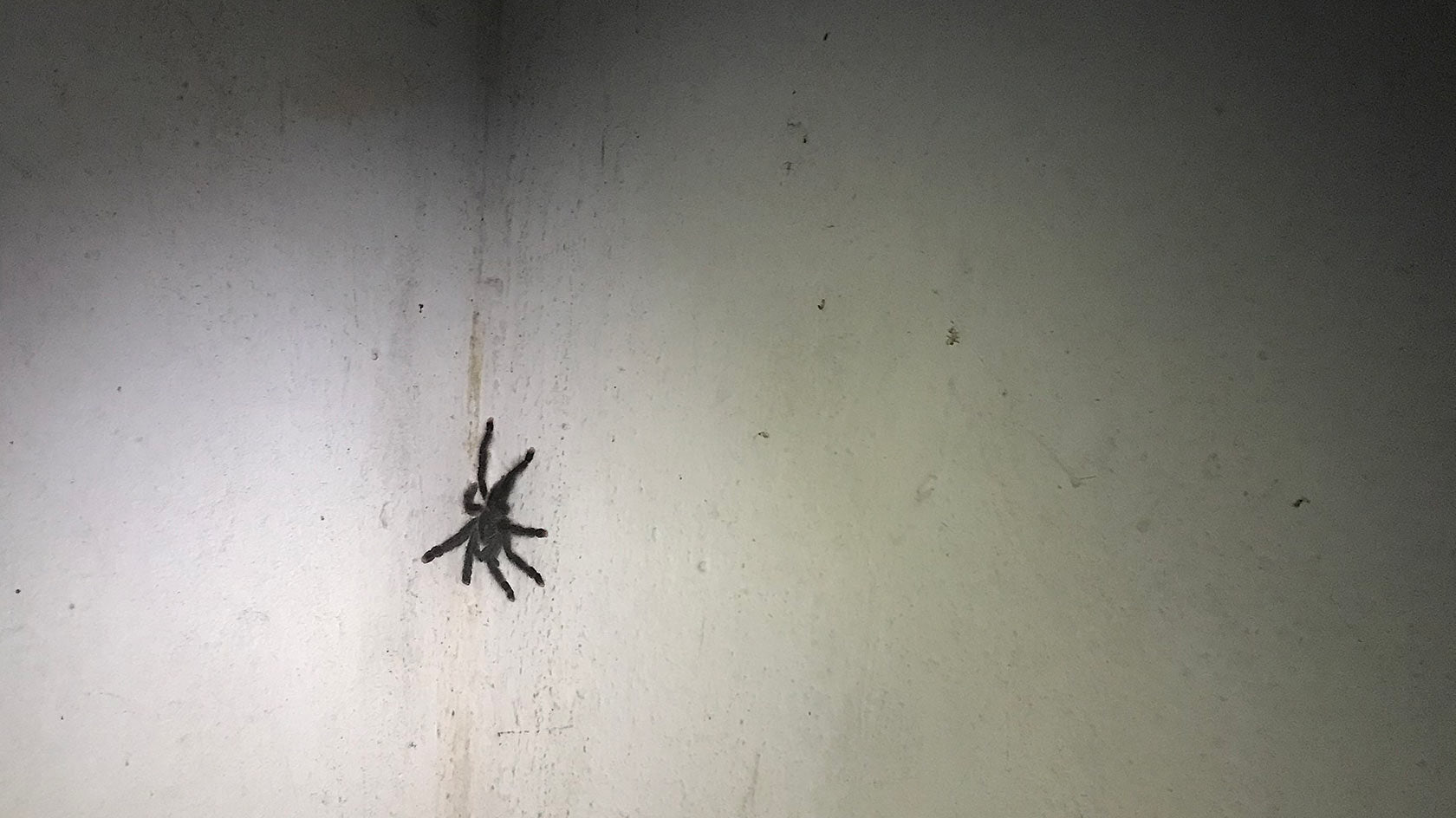
- And yeah, it is not a vacation. Take the strict minimum for personal items. A couple of t-shirts, underwear, etc. it has to fit in one little backpack. Your gear will take all the space. Pretty much all of it. And the weight, also.
- Don’t be afraid to ask for help. If you have questions, ask someone as or more experienced than you. There are numerous online communities like JWS forum, reddit subs and Facebook groups full of passionate and experienced people. You can also reach out to me. I’m available and will try to answer the best I can.
- It’s normal for your gear to overheat. Do not panic. It has been built to endure hard conditions. If you picked quality stuff, you don’t have to worry (bring backups anyway though!)
- And… Good luck. There is always a bit of luck to have also. (I know it’s not exactly practical advice that we can apply, but it’s true).
One last thing I want to add is: get up early and go hunting for sounds in the early morning. Best rewards ever.
We loved seeing your photos and videos on social media of your recent trip to Kilimanjaro with the Maasai people; particularly of the children with your boom! Can you tell us a bit more about the job and any challenges you faced?
Yes, that was an incredible experience. The Maasai people were so nice and welcoming. I will never forget them, or the landscapes. The photos and videos are a tiny fraction of the beautiful moments we experienced over there, obviously. The story of this particular photo is that I was interacting with one little fella during lunch break: I gave him my headphones so that he could listen to the sharp directivity of my microphone. It literally blew his mind. He called all of the children around and they all came running at me. The children were so curious that in a matter of seconds I was surrounded by a dozen curious kids, almost fighting for the right to listen.

As for the challenges during this gig, I can say that it was one of the hardest jobs I have had. The main reason is because I had to do sound for VR and 2D (classical boom and bag mixing work) all on my own. There were 3 guys in the camera department: 1x 360 camera and 2x classic cameras, with documentary run-and-gun conditions. No scripted stuff, always on the edge. It definitely took a lot of my patience and a Zen state of mind to do my best.
Having been in the game so long, you've evidently built up a serious collection of sound recording equipment. Can you tell us a bit about your go-to pieces of gear and what you love using the most, obviously depending on the type of project?
Recorders: I go with Sound Devices. They’ve never failed me. When it’s classical 2d stuff, my 633 is a masterpiece. I love it. So reliable. When I need to do VR, I’ll take my MixPre 10T for more inputs - ambisonics takes 4 (for 1st order) and I can put the lav / radio mic channels on the rest.
I recently got a Sonosax M2D2 preamp as well and I am amazed how good it sounds, so I plug this into the line inputs of my 633 and I’m now enjoying the best preamps I ever heard.
I have to make an honourable mention also of the zoom H3VR. This tiny ambisonic mic/recorder is so low profile, and with the right settings, and some tweaking in post, such as denoising and format A to B conversion with some specialized plugins (that cost nearly the same price as the recorder itself!) it sounds alright. I’m not ashamed to use it, in fact it saved me numerous times and I built a collection of immersive ambient sounds with it. Such as during the yellow vest protest in Paris. Or at 3000 metres altitude recording ambient sounds on a mountain summit. Situations where I could never record in 360 with a big Ambeo VR mic rig and bag.
Microphones: I am mainly using the Sennheiser MKH 8060. It has followed me everywhere, it’s built like a tank, nothing to worry about RF parasites or moisture and it sounds great. Hell, even if I’m using another mic for a gig, it is still, just in case, here in my bag, for the peace of mind.
I am also in love with the Schoeps sound, so when in controlled conditions (everybody has turned off his cell phone, we are not shooting in humid atmosphere or outside with lots of clouds etc.) I’ll rock my Schoeps MK41. I recently got a CMC1 preamplifier and a MK8 capsule, so stay tuned for some quality Mid Side recordings to come!
A big fan of ambisonics technique here, and not only for VR stuff. My Ambeo VR mic becomes quite handy when I get time to set up an array for ambiences. I’m considering getting a second order ambisonics microphone too.
As for the lavs mics, I’m all DPA Microphones, I’ve got one 6060 - an incredible little piece of gear - and a bunch of 4060s. Voice Technologies also. The waterproof ones.
Then comes the wireless kit. The very first units I bought were Sony UWP. They were okay back in the days and I still use them for camera hops and / or IEM / IFB as they also have a headphone output. But the real deal is my Audio Limited old analogue 2040s. Damn, I’ve never heard a wireless channel sound so good. Sure they are old; they are very narrowband, but the sound is just incredible. I have also got my trusty, tanky Lectrosonics for the hard jobs - 2x SMQV and 2x UM400 with 2x SRC receivers.
I love my K-Tek accessories. The Stingray bag is great. I thank them for doing such great products to ease our workflow. Also, the Utility Hip Pack is so useful when you have to carry lots of stuff and access it all quickly.
Audioroot batteries and their little controller, love it.
My Dinkum Systems arm has saved me lots of times too. It’s an essential part of my kit. Viviana straps, with their super cool elastic fabric, very useful stuff.
And not to forget Bubblebee Industries! Your Lav Concealers are perfect for my DPA. Placing lavs is so much easier thanks to you. I have also been saved on numerous occasions by your Piece-A-Fur. When wind becomes a problem for a lav, I put a piece of fur on it and the problem is no more. The Windkiller is also my go-to windshield by the way. Outstanding results in the windy Kilimanjaro!

I surely have forgotten things, but there it is. I want to thank all of the great minds that come with products who makes our workflow so much easier. Keep up the good work so we can do ours!
You've been involved in a mix of feature films, shorts and documentaries in your career to date. How does your audio set up change from these different formats?
First of all, as many of us sound people, 90% of my work I’m a one-man band. I love working in a sound team, but the job is what it is. So I do the boom swinging as well as bag mixing when necessary. And in these situations I can only rely on myself. If there is something wrong with the workflow, it’s on me. I have made some mistakes, and I’m sure I will keep making some, but I built a routine over the years for preparing in the best way I can. I try to prep all I can before arriving on the set. TC, cable management, camera hops, batteries, metadata etc. I have those rituals to make sure that I am not forgetting any tiny things that can be really annoying if they are missing. (such as the 6.5mm to 3.5mm jack adapter...). Testing everything before leaving my equipment storage unit is essential.
I also need as much information as possible to prep correctly. And I do not expect for people from other departments to reach out to me and tell me what I need to know. So it depends on me asking the right questions, really.
What I can say, is that I can probably take more liberties when on a feature. I can go with more sensitive, fragile devices, as the conditions are more controlled and manageable. In documentary on the other hand, the key is to be effective and ready for anything. So I’ll take a simpler, but effective approach. No fancy stuff that can take time to setup.
You've also worked a few jobs in which you've captured VR and 360° sound. Do these differ to other types of jobs, and if so how?
Yes, it does differ. The basics are the same, but the approach is different. There is no “out of the frame” space visually, so everything, including you, must be hidden from this camera that captures everything in 360°. And you cannot control anything while rolling, such as gain. You also have to understand the science of ambisonics.

You have to be ready to hide plant mics and the lav microphone is an essential tool as you cannot boom the scene. That’s why you need good accessories for your good lavs.
How have you been keeping your mind in gear during the lockdown and have you got any projects lined up for when things get back up and running again?
I am working on a project of sound cart/boom cart, even if I don’t do much cart work, but it is essentially to keep myself busy. I’ve also been soldering some cables and working on my sound library. I cleaned my mics and reorganised my workshop/storage place, among other things.
As for the upcoming projects I had a couple of jobs planned, one being a documentary here in Switzerland and another cool project involving travel, but I am still waiting on news for those. I’m also working on a project of a photo exhibition coupled with some of the immersive sounds I gathered in the Amazon rain forest.
How are you finding working during these times in COVID; what kind of precautions you’re taking whist out recording sound?
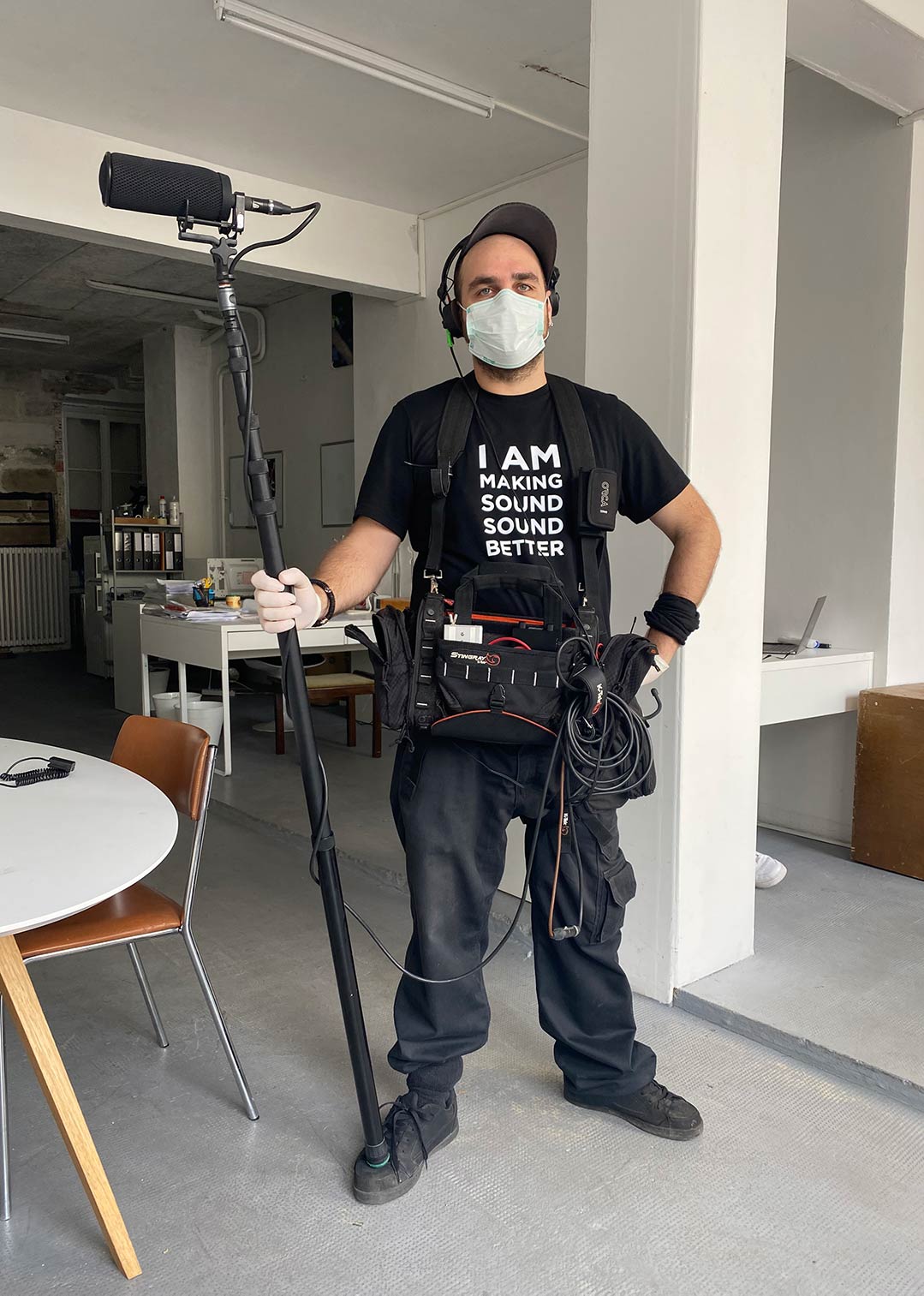
I got a job opportunity and I feel very lucky about it, someone reached me and asked if I was okay going out and record sound for some basic ENG sound work, and also asked how to achieve this safely.
My advice about how to behave safely and stay healthy during work are pretty straight forward. Please keep in mind that I’m not an expert, these are only my personal thoughts.
Hydroalcoholic gel and isopropyl alcohol wipes are new consumable items to carry everyday with you. Social distancing is achievable with the boom. Refrain from using lavs (IMHO, that is a bad idea right now), and if you have to use them, follow the strict protocol of disinfection provided by the manufacturer, using demineralised water (source DPA). Do not use alcohol on the cables or near the mic capsules. As for the mic placement, I would show how to place the lav mic to the talent and let him place it him or herself, if it is not possible, I would wear a mask and hand gloves.
Follow the official recommendations: Keep your distances. Stay 2 metres away from people, wash your hands really often, take care of the most fragile persons and if you feel sick with some of the symptoms, stay home, we need to flatten the curve.
Let’s be responsible all together.
